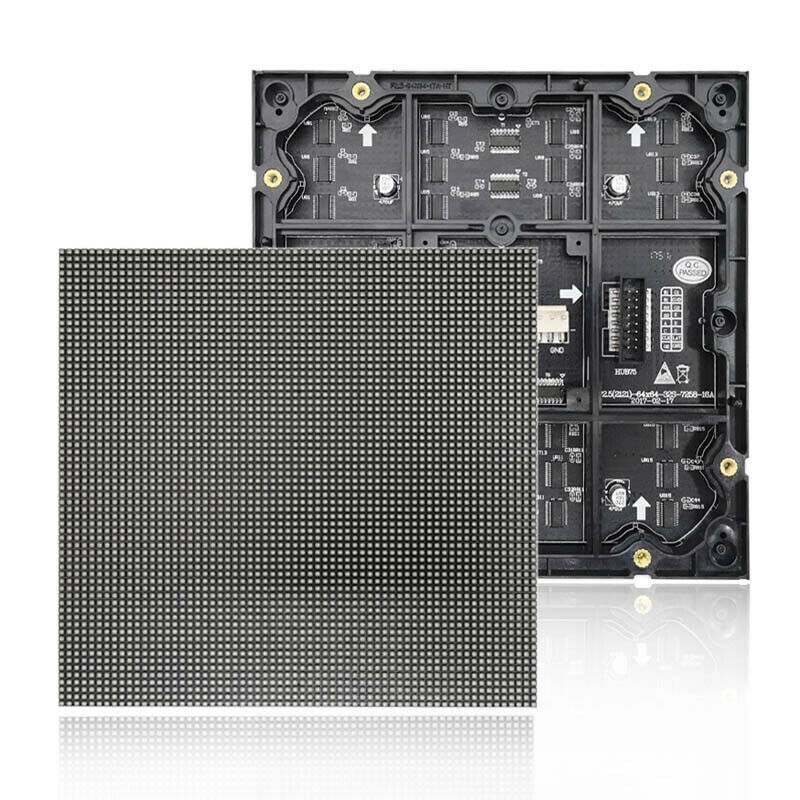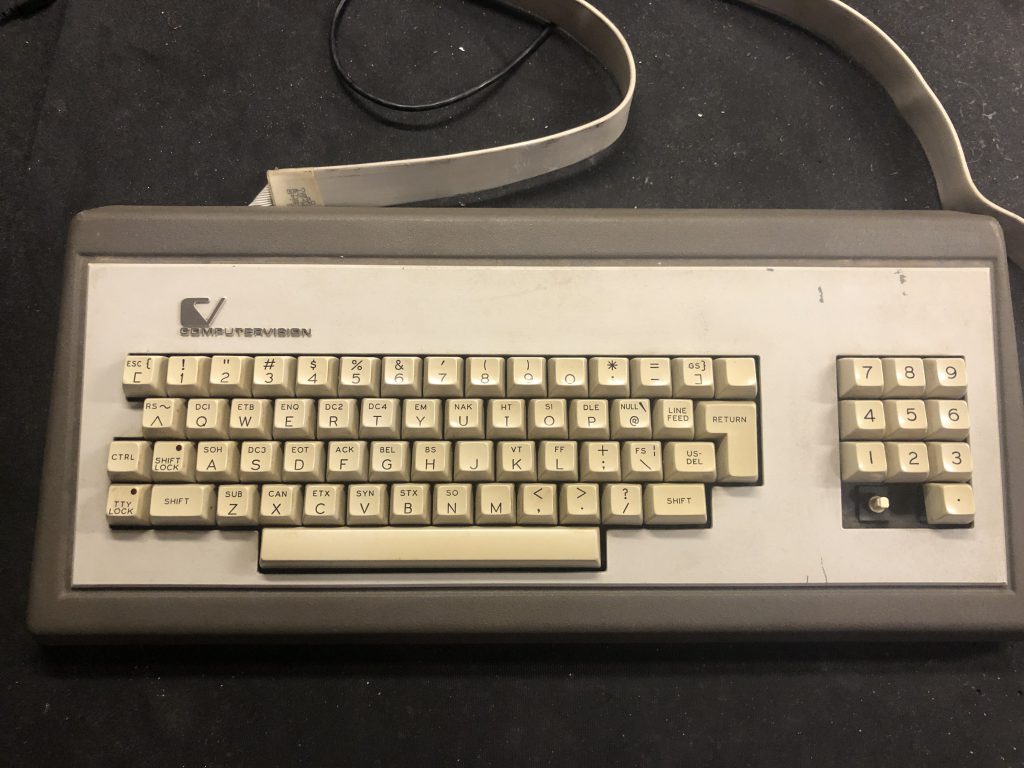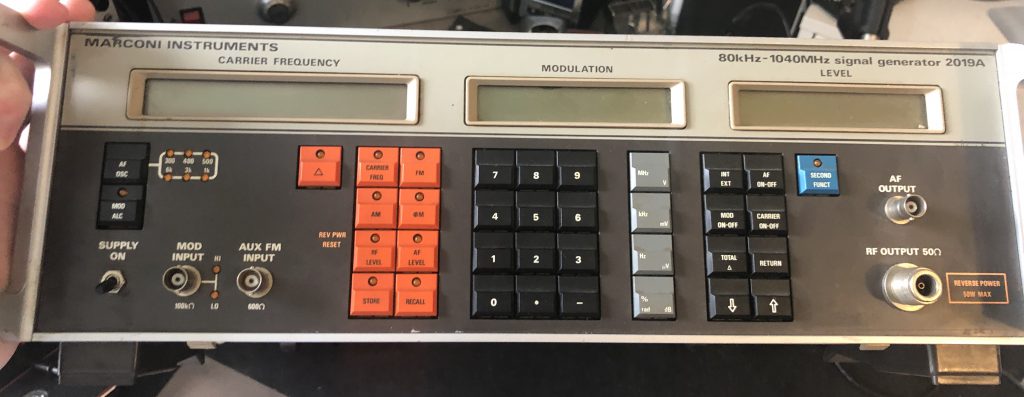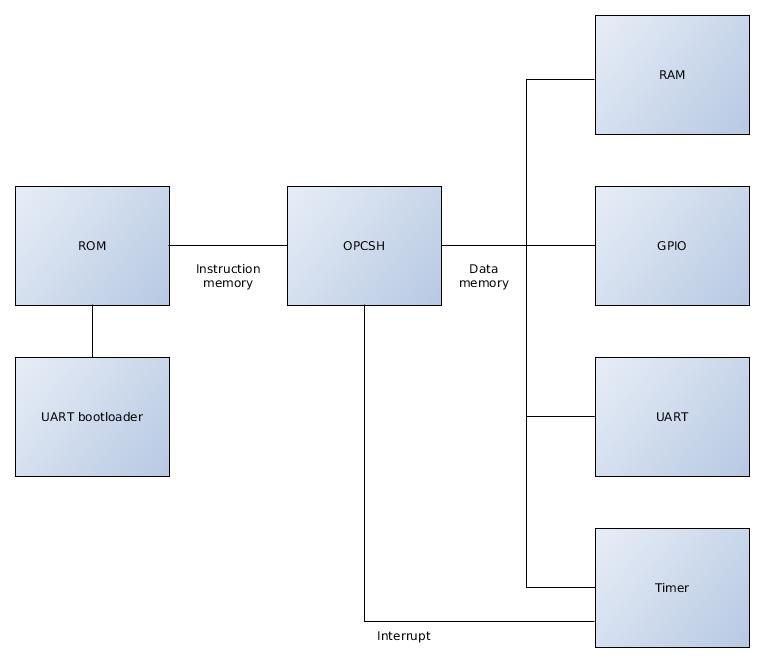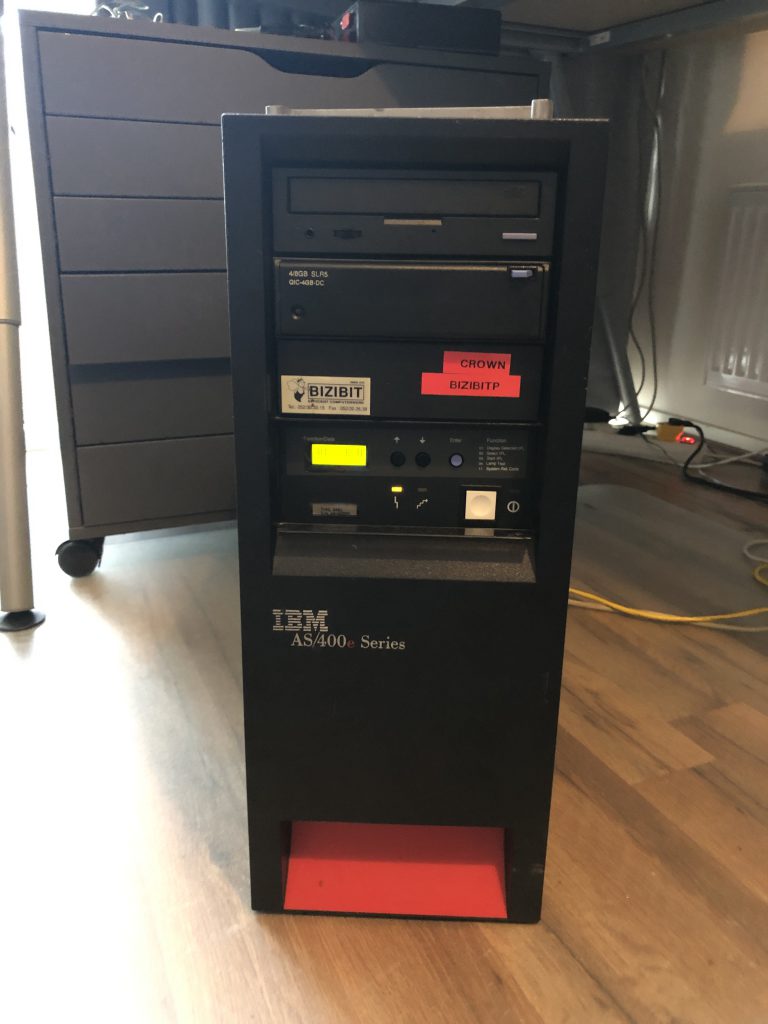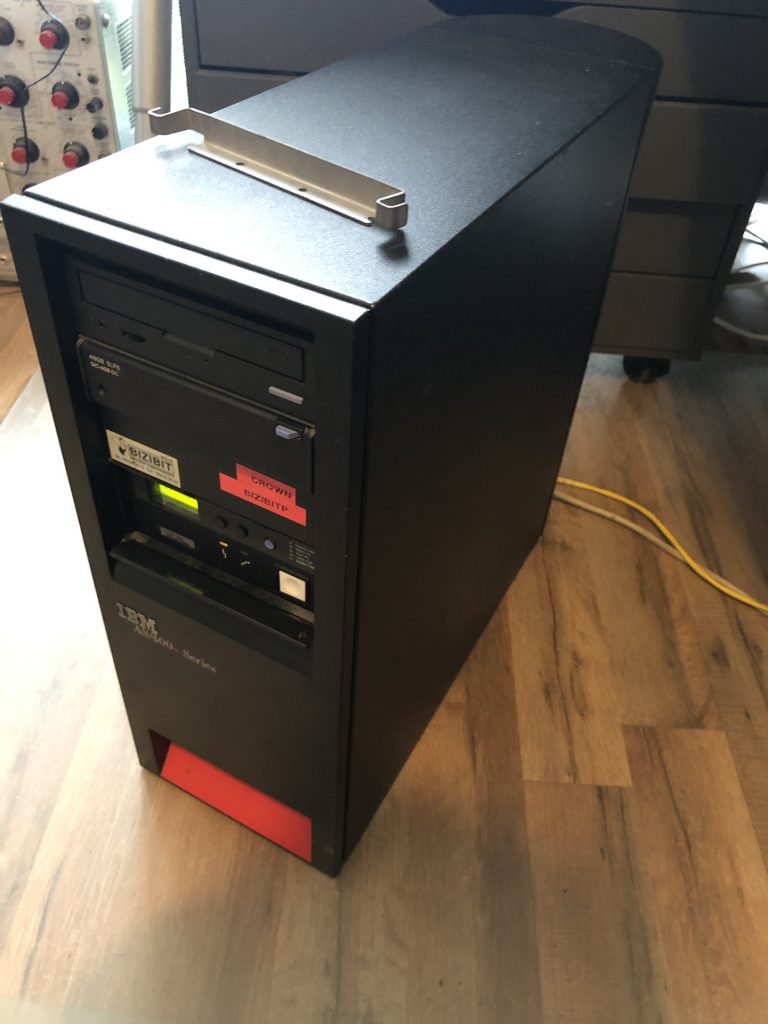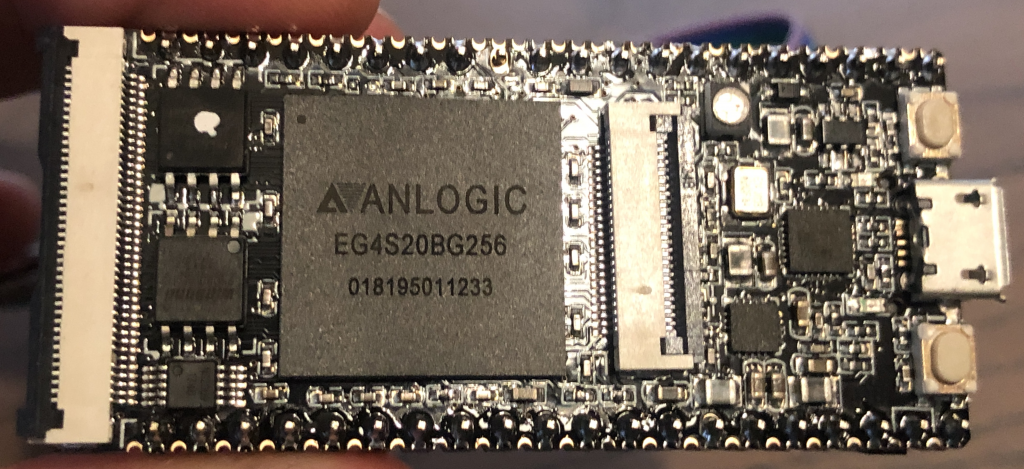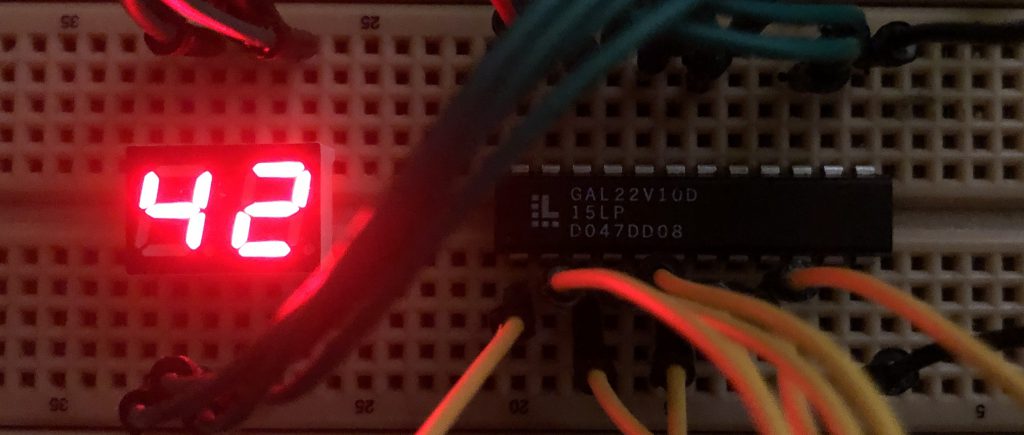ST makes the very popular STM32 line of ARM Cortex M microcontrollers, which have a good amount of hobby and professional users, but ST also makes a lesser known family of microcontrollers, at least, lesser known except in China. The STM8S series are 8 bit microcontrollers with their own CPU core and peripherals that are fairly similar to the ones on STM32 devices. And they are used on a lot of cheap Chinese gadgets and DIY boards. Slowly some hobbyist interest also is starting to form and there is an Arduino like library available and good support in the interesting Forth language. Sadly, an C IDE with debugging support, like the STM32 system workbench is not available, at least, not for Linux. There is ST Visual Develop but it’s a bit crusty and Windows only.
The STM8 devices are cheap, really really cheap. But apart from being very cheap and in a lot of Chinese gadgets, for hobby use just grabbing an Arduino, STM32 or other mode popular board is a lot easier to get running and to get support. But if you want to try a new architecture, hack some Chinese gadget or need a microcontroller that is less then 0.25usd in bulk. please read on.
I already made a few makefile projects for the STM8S, but that still lacks debugging, so time to do it a bit better. And why not make everything work in Eclipse while we’re at it. This is all tested on Debian Stretch, I imagine it will work on any Debian based distro like Ubuntu or Mint and without too much changes on any other distro, but your mileage may vary.
As the SDCC compiler is unable to optimize unused functions, the makefile splits every C file from the peripheral drivers into a separate file and then compiles a library. This way the code size remains small. The downside is that stepping into a function like GPIO_WriteReverse does not work when debugging. As these drivers are provided by ST and probably tested, I don’t find this a problem, but good to keep this in mind.
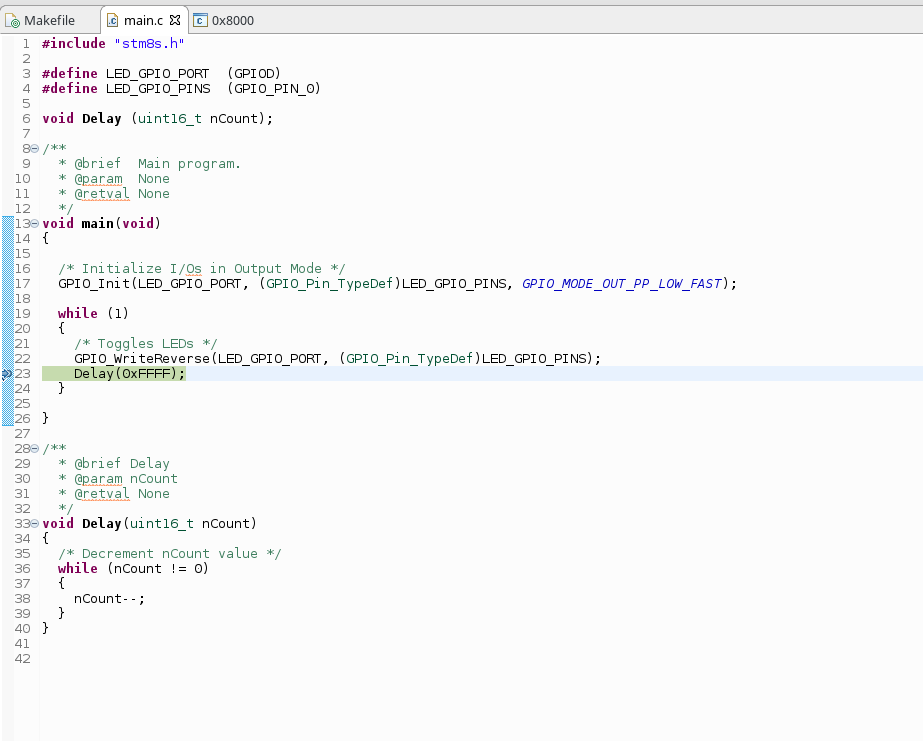
Look at that fancy debugging support :D
Continue Reading



